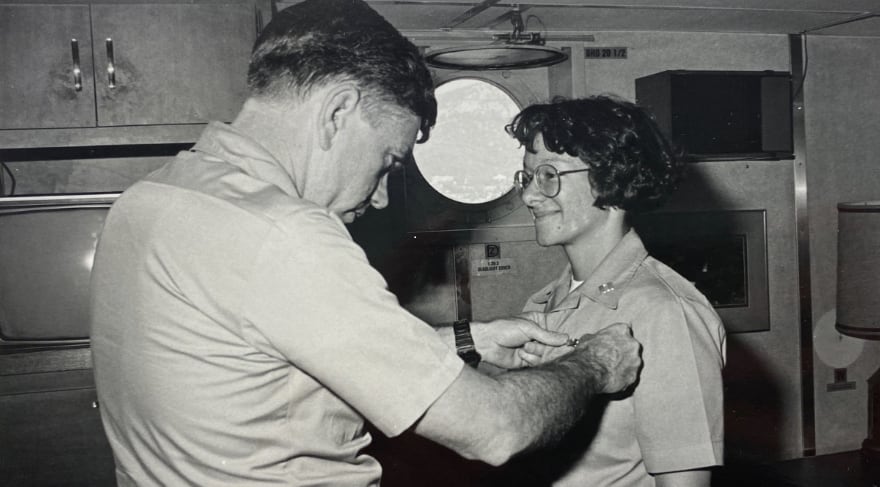Thirty years ago, then-Lt. Lisa Franchetti eagerly awaited word on when she’d finally get her chance to serve aboard a combatant ship.
Now the Navy’s 33rd chief of naval operations, Adm. Franchetti and other women in the Navy at the time were barred from serving aboard combatant ships and aircraft — simply because they were women. Instead, they could only go to sea aboard non-combatant ships like destroyer tenders, and spots were limited.
Still, Franchetti remained hopeful she’d get her shot in 1993, when President Clinton’s Secretary of Defense, Les Aspin, urged Congress to pass a law repealing laws barring women from serving aboard combatants.
But as the year continued without any changes or updates, Franchetti recalled feeling “frustrated” when she instead received an assignment to an ammunition ship that delivered cargo.
“I felt like I was right on the cusp of the law changing, but I said, ‘Maybe it’ll change next time,’” Franchetti told Navy Times in an exclusive interview from her office at the Pentagon.
RELATED
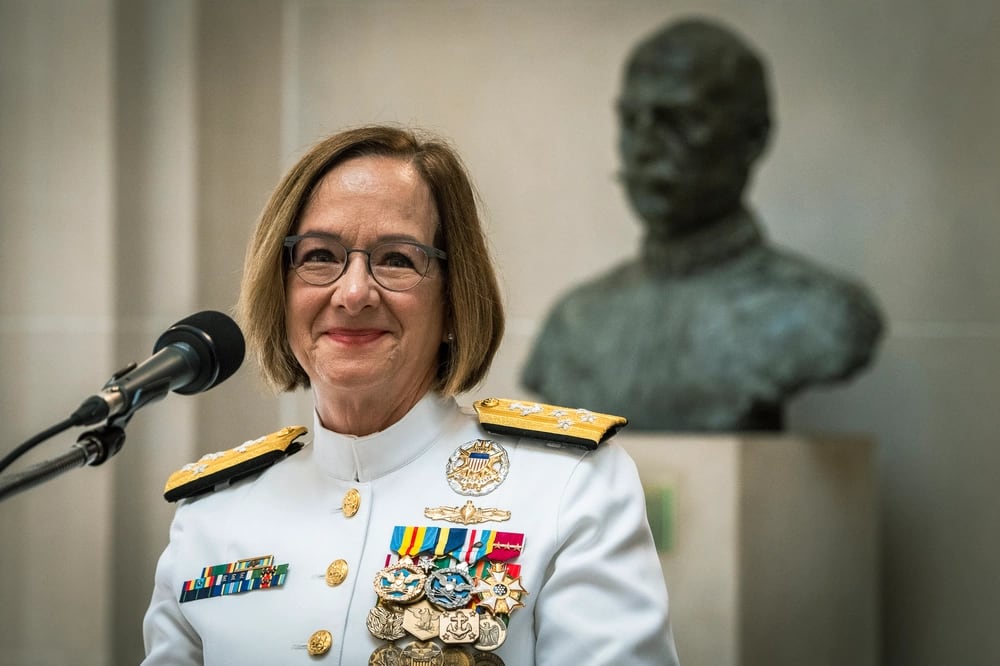
Still, Franchetti and her peers kept their eyes on the horizon and a day when Navy women could serve on any ship for which they were qualified.
That sea change — a landmark that would pave the way for a generation of female sea service leaders and for today’s women sailors and officers — finally became reality just more than 30 years ago, on Nov. 30, 1993, when Congress rescinded the law banning women from combat ships and aircraft.
Franchetti made history last month when she became the Navy’s 33rd chief of naval operations, the first woman ever to serve as the Navy’s top officer and the first to serve on the Joint Chiefs of Staff.
But she said that likely wouldn’t have happened if Congress didn’t lift that exclusion three decades ago — a change that served as the spark for greater gender equality into the fleet.
“That [law change] would open up pathways to becoming an admiral one day, even to me becoming ... the chief of naval operations,” Franchetti said. “Without that change in the law, without the changes in policy that came after that, and then without changes in culture over time, none of that would have happened.”
Things moved fast after the law change, and Franchetti soon received word that she would not report to an ammunition ship for her next assignment.
“Instead of going to be the chief engineer on the USS Kiska, I was going to go be the operations officer on the [destroyer] USS Moosbrugger,” she said. “I was ready to go to a combatant ship, and I was so excited. And it was really a dream come true.”
Franchetti’s Navy career began when she was a freshman at Northwestern University in 1981 and came upon an ROTC unit holding a barbeque during freshman orientation week. The students filled her in on the scholarship opportunities ROTC provided, prompting her to seek out the ROTC lieutenant and sign up.
After graduating in 1985, Franchetti wasn’t one of the handful of women across the entire Navy tapped to go to sea. But a mentor at her first shore tour at Naval Station Great Lakes, Illinois, thought she would make an excellent shipboard division officer.
To boost her chances, Franchetti got qualified as engineering officer of the watch in a shoreside plant and eventually headed to the destroyer tender Shenandoah for her first tour at sea.
“While I was there…I qualified surface warfare,” Franchetti said. “I then went to an oiler, because of another policy change that let women go to logistics ships at sea. And so you could start to see these doors opening up a little bit. And that inspired me to keep going and see what would happen next.”
After joining the surface warfare community, Franchetti said she soon realized she wanted to command a warship.
“I realized there was not a path for me to command a ship” until Congress took action in 1993, Franchetti said. “And so I knew that when this law was repealed, it would open up all the doors for everyone to serve on any kind of ship at sea.”
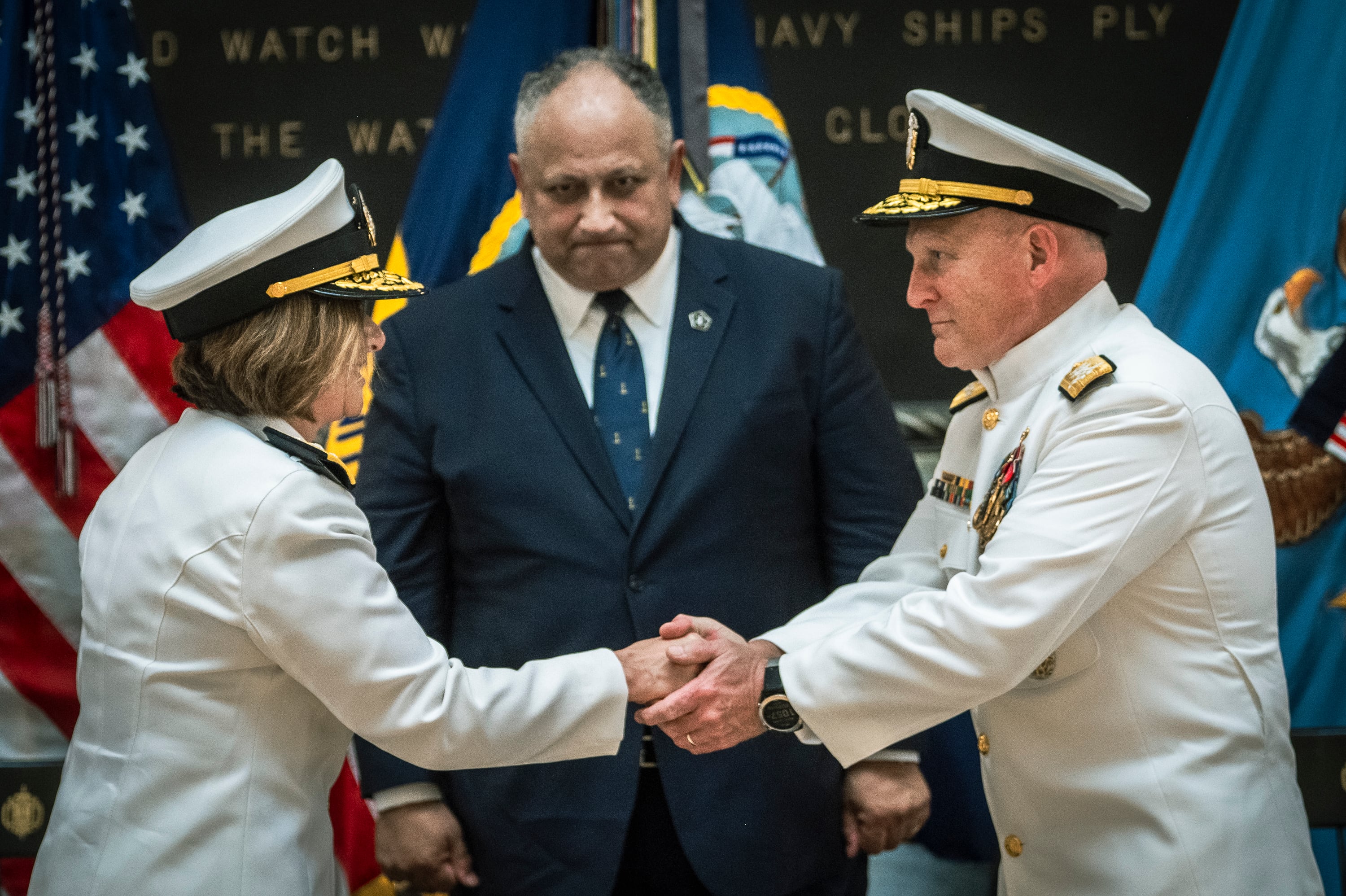
‘Surround yourself with the people you want to become’
After the law changed, women started reporting to the newly available ships in March 1994.
The policy change immediately impacted the career trajectory of retired Rear Adm. Ann Phillips, allowing her to serve with Cruiser-Destroyer Group 3 in 1995 that deployed with the Carl Vinson Task Group to support Operation Desert Strike.
Getting to serve in that expanded capacity “made a huge difference” in her career, Phillips told Navy Times.
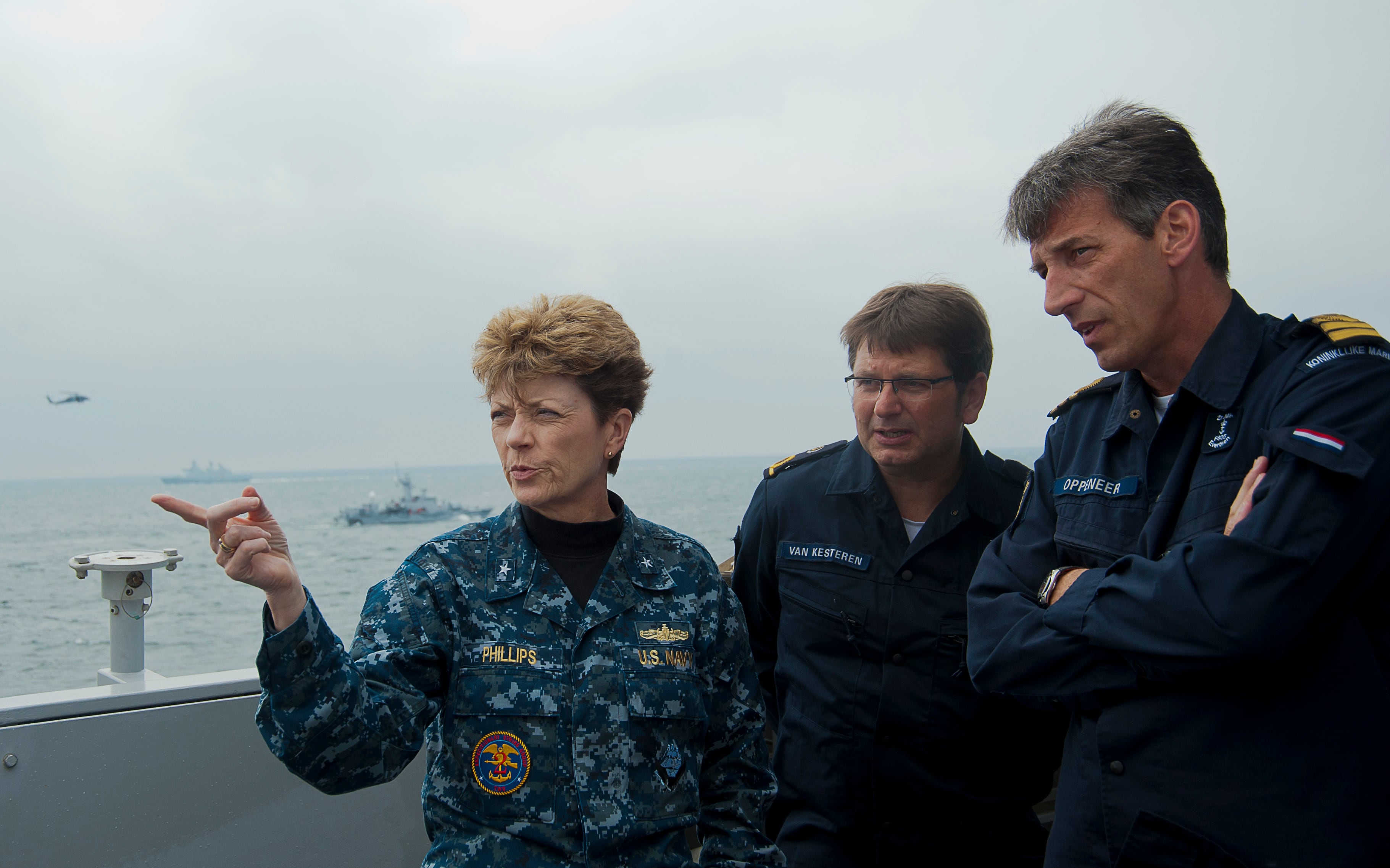
“That set me up for a tactical, operational background that I would not have had otherwise,” she said. “And it was all because of the repeal.”
Phillips went on to serve as the executive officer of the Spruance-class destroyer Kinkaid before becoming the first-ever commanding officer of the Arleigh-Burke class destroyer Mustin, commander of Destroyer Squadron 28 and commander of Expeditionary Strike Group 2.
“Without that [law repeal], I wouldn’t have commanded the Mustin,” Phillips said. “Without that, I wouldn’t have commanded a destroyer squadron…I don’t know that I would have made flag, and I don’t know that I would have had the opportunity to command at sea again as a flag officer.”
For women like U.S. 6th Fleet Command Master Chief Medea Dudley, it took a bit more time to realize the importance of the policy change. Dudley enlisted in the Navy in 1991 and was serving aboard the submarine tender McKee when Congress lifted the combatant exclusion laws.
But Dudley said her mentors understood the momentous weight of the repeal, and what it could portend for young women like herself.
“I think that they, knowing that repeal happened, really pushed me to do better, to do things that would put me in a position where I would have better opportunities as I move in life,” Dudley told Navy Times. “They always told me to surround yourself with the people that you want to become eventually.”
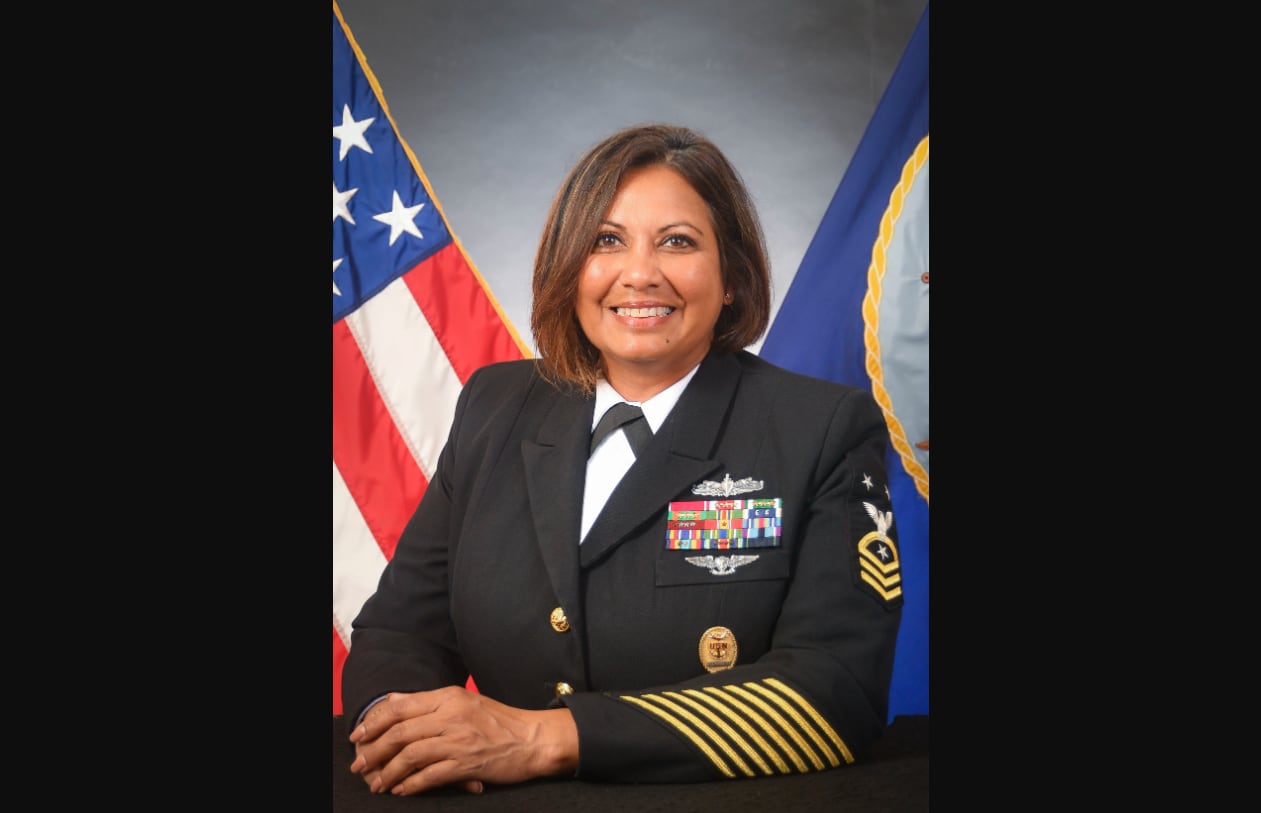
For retired Rear Adm. Peg Klein, the repeal of the combat exclusion laws pushed her to take on a sea tour in Yokosuka, Japan, with the aircraft carrier Kitty Hawk, where she served with the ship’s battle group staff in Operation Enduring Freedom and Operation Iraqi Freedom.
That job allowed her to be a competitive candidate for O-6 command, she said.
“I wanted to be looked at with the same gravitas as my male counterparts,” Klein told Navy Times. “In my own mind, I wanted to be worthy. I wanted, if I was selected for O-6 command, I wanted to say I had done the hardest job that the Navy would let me do. So that’s what the repeal of the combat exclusion law meant in my career.”
Klein, who was among the second class of women to graduate from the U.S. Naval Academy in 1981, went on to become the chief of staff for the Eisenhower Carrier Strike Group and also became the first woman commandant of midshipmen at the U.S. Naval Academy in 2006. She later commanded Expeditionary Strike Group 5 in 2011, overseeing combat operations in the Mediterranean Sea.
Klein doesn’t believe she would have ever made admiral without the repeal of these combat exclusion laws.
But she also didn’t view the repeal as an automatic gateway to making flag. Instead, she would have the opportunity to push that gate open and take on more career-advancing jobs, just like her male peers.
“I look forward to the day where there’s parity, not necessarily because we have achieved specific milestones, but ... because our numbers all look the same,” said Klein, who retired in 2017 and is now the dean of the College of Leadership and Ethics at the Naval War College.
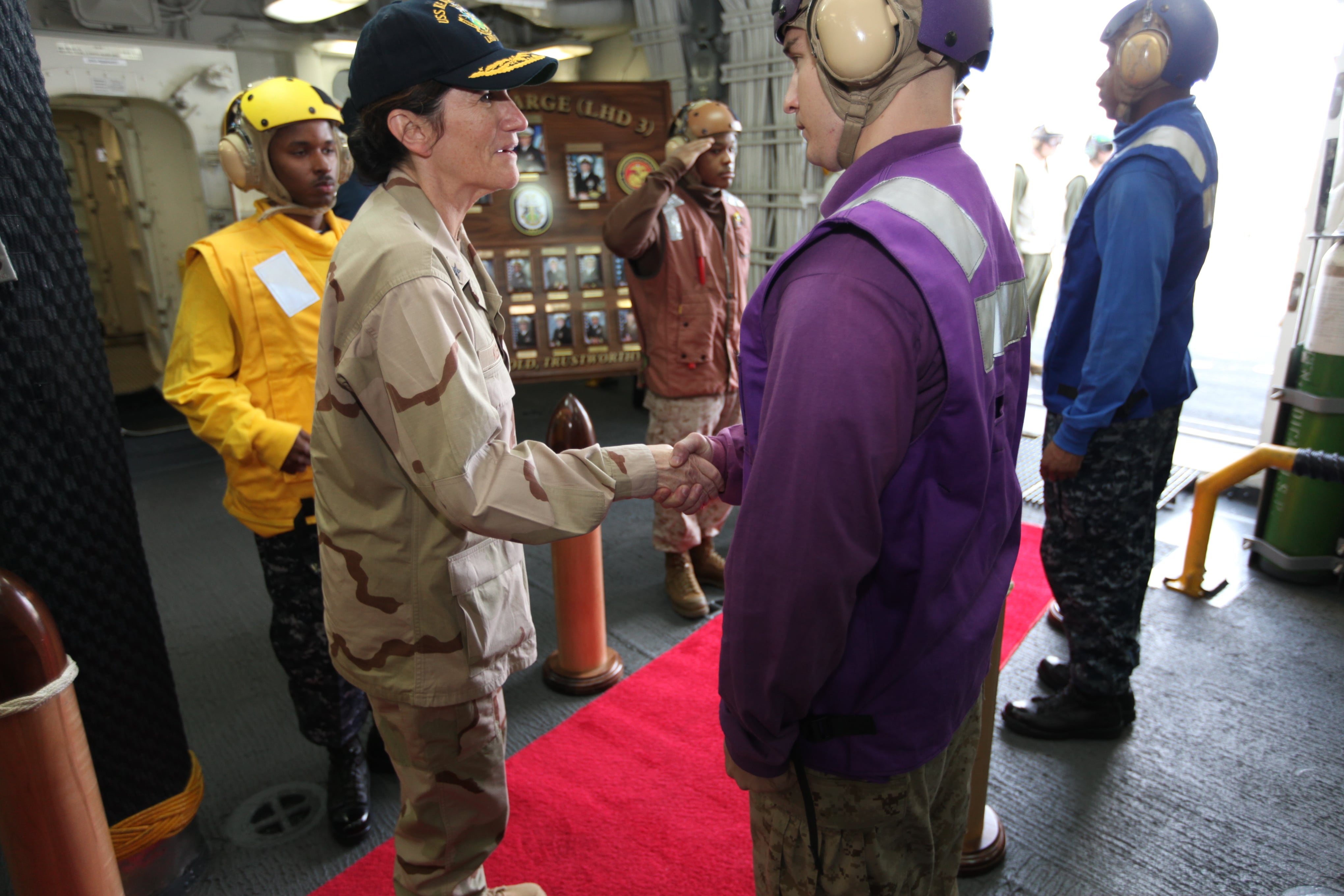
‘I have to go to sea, it is my destiny’
While the 1993 combat ship exclusion law’s repeal helped change the notion of who could serve and lead the Navy, other critical steps preceded it.
Integrating women into the Navy gained momentum in the 1970s under then-Chief of Naval Operations Adm. Elmo Zumwalt, as the service grappled with retention issues, according to the Naval History and Heritage Command.
Zumwalt spearheaded a series of changes, including a pilot program to assign women aboard the hospital ship Sanctuary and opening NROTC programs to women in 1972.
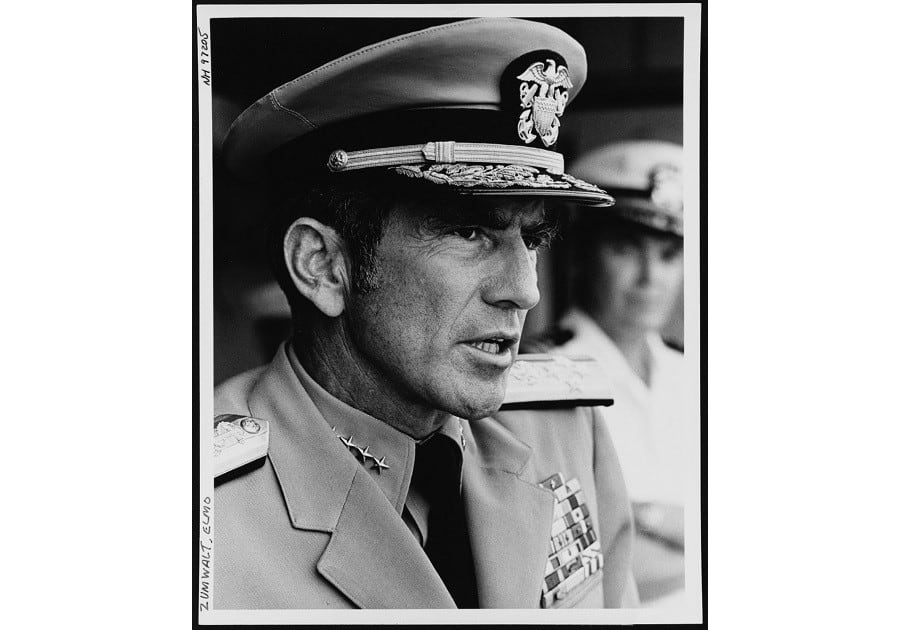
A year later, retired Vice Adm. Carol Pottenger entered the NROTC program at Purdue University to become a Navy nurse, since there was “not even a whisper of any fleet jobs opening up for women,” Pottenger told Navy Times.
Despite the gender-based bans, Pottenger said she fell in love with the opportunities the Navy provided.
“My eyes just opened up to all kinds of things and I loved leadership, loved engineering, navigation,” Pottenger said.
A few years later, in 1978, the Navy announced it would assign 55 women officers to sea aboard hospital ships, transport ships, and other auxiliary vessels that didn’t conduct combat operations.
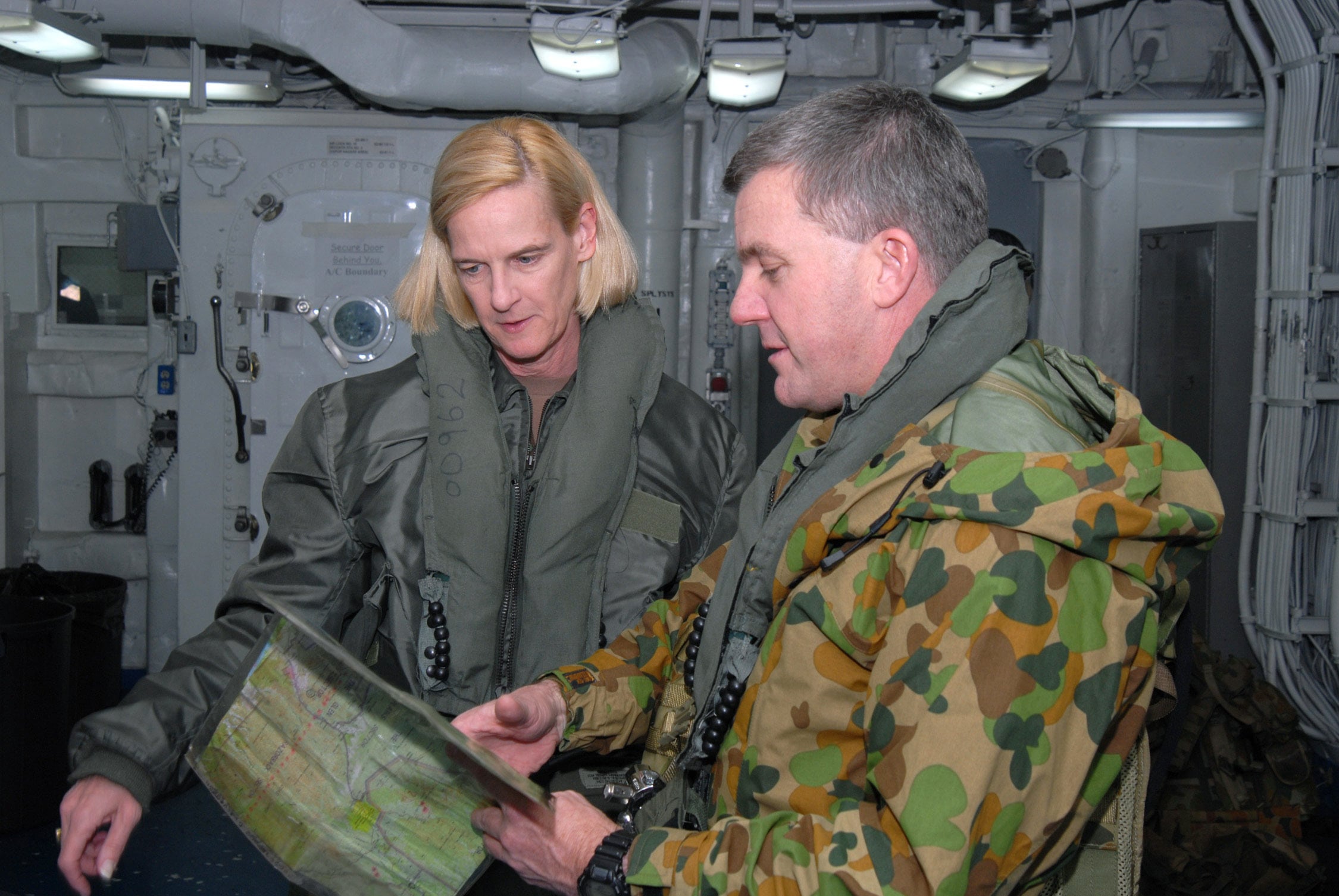
Pottenger knew she wanted to be one of those women, and recalled a letter she penned to herself at the time reflecting that desire.
“I was so passionate about wanting to be part of that opportunity that I was like ‘I have to be chosen, I have to go to sea, it is my destiny,’” Pottenger said. “It is pretty amazing that I wrote that thing as a 22-year-old ensign.”
Sure enough, the Navy selected Pottenger for one of the spots and she went to sea aboard the destroyer tender Yosemite in 1979. She later became the first woman to command a deployed strike group when she led Expeditionary Strike Group 7 in 2006.
RELATED
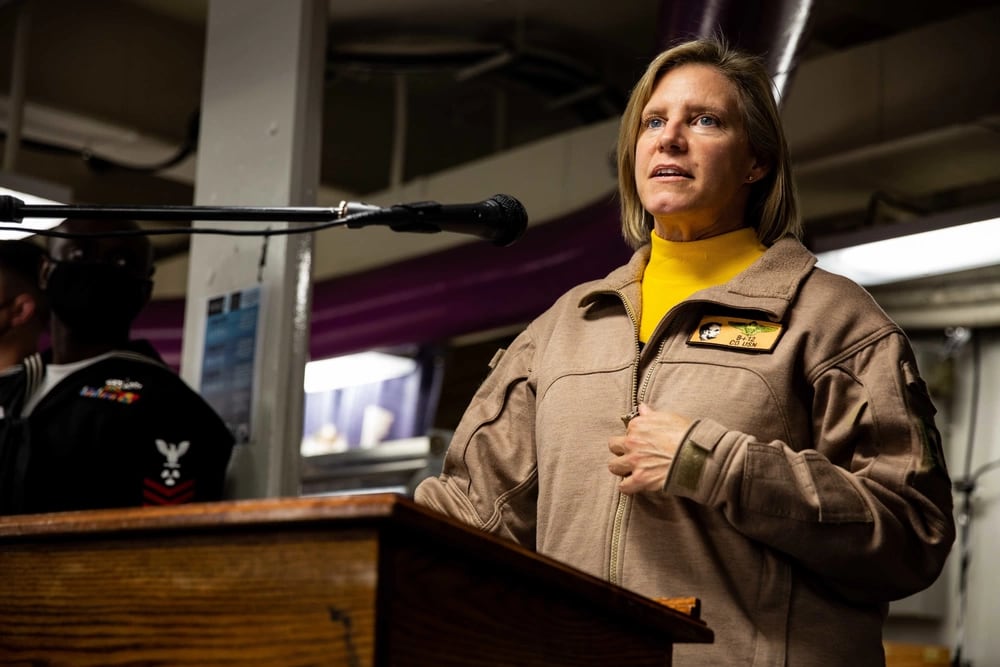
Another policy change in 1988 allowed women like retired Vice Adm. Mary Jackson the chance to further serve at sea aboard combat logistics force ships.
“That opening of those combat logistics force ships was a key step for the Navy at a strategic level, as they moved closer to the repeal of the combat exclusion law,” Jackson told Navy Times.
Jackson, who graduated from the U.S. Naval Academy in 1988, completed a summer cruise in 1987 aboard a combat logistics force ship — even though they weren’t open to women yet. But that policy shift the following year allowed her to take on an assignment as the assistant operations officer and navigator aboard the replenishment oiler Willamette.
“Because I had had such an incredible summer cruise on one of those types of ships…then the door opened right away,” said Jackson, who went on to become one of the first women assigned to a cruiser-destroyer unit in 1994 aboard the Spruance-class destroyer Briscoe. “And I was like, ‘This is what I’m going to do.’”
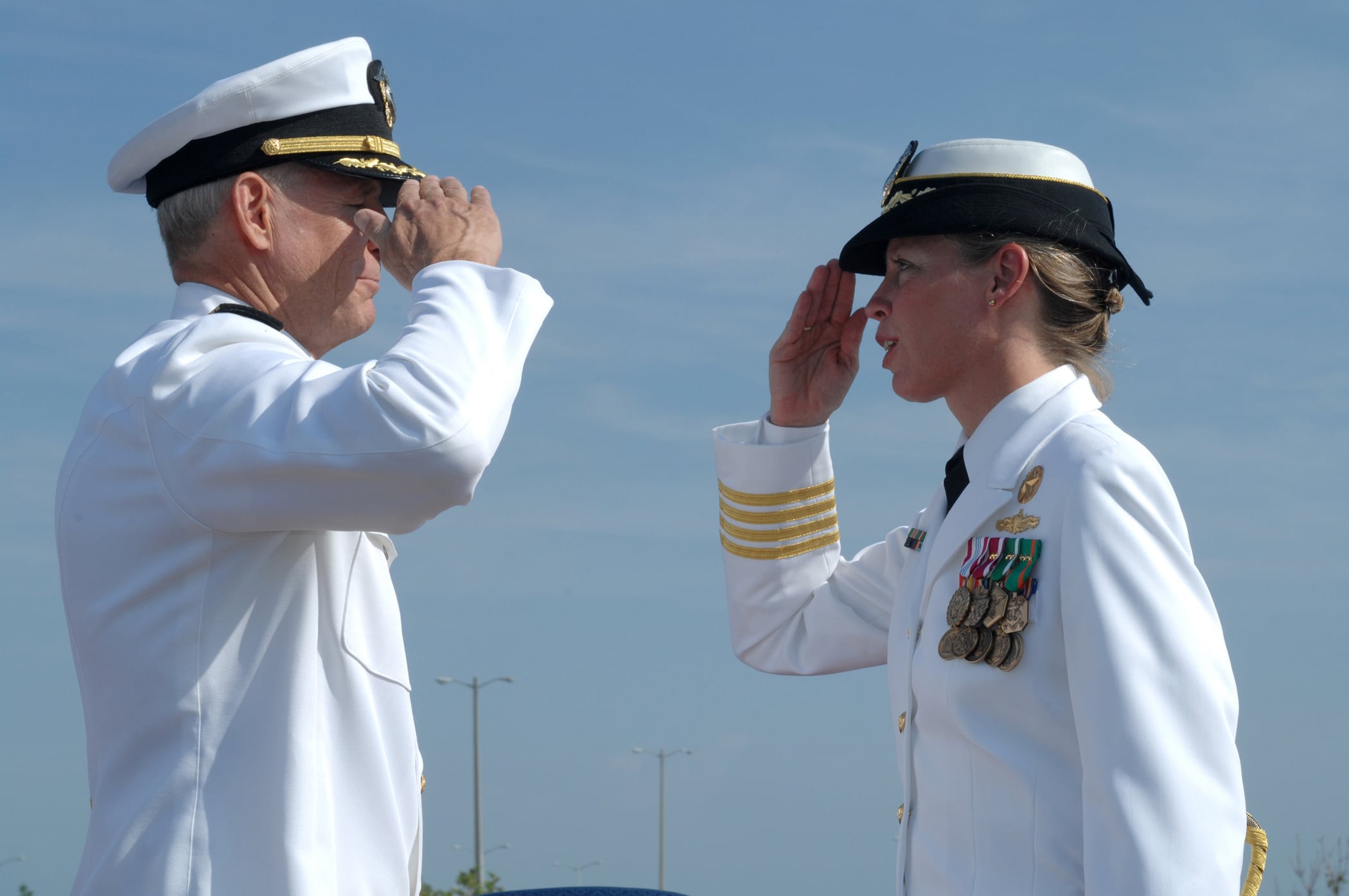
That repeal 30 years ago also meant greater gender integration for the Navy compared to other services, because only a few Navy jobs, such as serving aboard a submarine or becoming a Navy SEAL, were closed off to women after 1993, Pottenger said.
“The Army and the Marine Corps — very different story with the infantry,” she said. “For the Navy ... it was really a groundbreaking, ground-shaking impact.”
Although Navy women have commanded an aircraft carrier, a carrier strike group and are currently serving as the chief of naval operations, there are still a few milestones women in the Navy have yet to reach.
Dudley said she looks forward to the day when there is a woman serving as the master chief petty officer of the Navy, and Franchetti is particularly excited about a woman becoming the commanding officer of a submarine, an opportunity that only opened up to women in 2011.
“Everything takes time,” Franchetti said. “You need to grow in the Navy and gain all those requisite experiences, because you need that to be able to do the missions that we’re asked to do every day. It takes time, from the change in the law, to the change in the policy, to gaining all that experience.”
